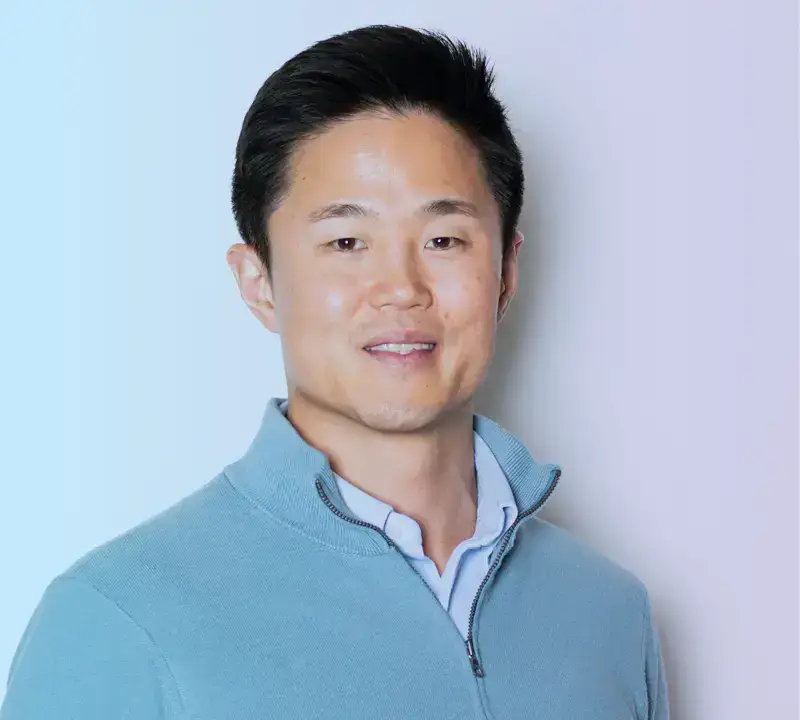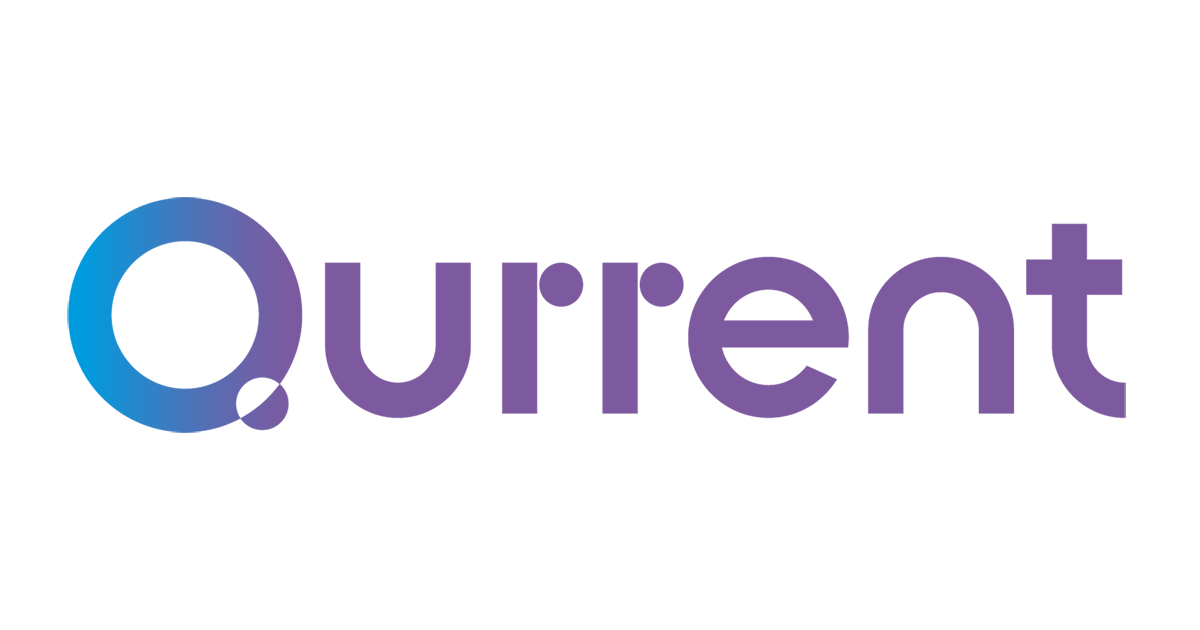These agents become part of the company’s workforce, performing entire roles. They are not directed by a human; rather, they act as independent entities with autonomy and accountability for their roles. This enables incredibly powerful outcomes that no point solution could ever deliver.
At first, people can’t imagine what the new paradigm can deliver.
At the beginning of every tech paradigm shift, many people remain stuck in the limits of the paradigm that came before. When televisions first emerged, many people anchored on the previous paradigm, radio. As a result, many early TV shows consisted of a person standing in front of a microphone speaking. People couldn’t imagine what TV could deliver.
As the sun rises on the AI agent era, many people are stuck thinking in terms of the SaaS era that preceded it.
Starting in the early 2000s, SaaS emerged in the form of a myriad of point solutions to solve specific problems. Most companies today use dozens or even hundreds of SaaS products. The SaaS model is great for SaaS providers, as they get to build the software once and sell it thousands of times. However, the new paradigm of AI agents will require a new way of thinking. Specifically, the paradigm of AI agents is fundamentally different from SaaS in three main ways:
1. Learned behavior instead of specific actions
While SaaS software is deterministic, AI agents are probabilistic. Traditional software development involves creating a functional spec that prescribes the precise output for every possible combination of inputs, and then writing software to carry out that spec. Agentic systems, on the other hand, are built on top of LLM’s, which do not always give the same output for a given set of inputs. Developing these systems is more like training a human employee than building traditional software. It usually involves creating an initial version, trying it out in a test environment, observing how it behaves, and tweaking the system to improve the behavior. This cycle is repeated until the behavior is good enough to warrant moving to production. Once in production, there is a continuous improvement process to further optimize the behavior. This iterative, feedback-driven approach contrasts sharply with traditional software development, where the emphasis is on ensuring that the system works as specified from the start.
2. AI agents can be built much faster, allowing for rapid iteration
SaaS development is mostly about creating screens with structured data fields and buttons that humans will use. Building screens for humans is hard work. Product managers, UX designers, frontend engineers and backend engineers are all needed. There’s often a scrum team of 6 or 7 people laboring through a series of 2-week sprints, often taking several months to build something worthwhile.
Agentic systems, on the other hand, typically run as backend code. There are no screens. They do their job autonomously in the background, connecting with tech systems through APIs and communicating with employees through Slack, Teams, SMS, or Email. As a result, they can be developed much more quickly by a much smaller team. At Qurrent, we often develop custom applications in a matter of weeks, with just one customer solutions lead and one engineer.
3. AI agents meet the unique needs of the business
In the new paradigm of AI agents, a different kind of solution is needed. Because these AI agents are making decisions and taking actions on behalf of the company, they need to be highly customized. They are woven deeply into company operations, generally using various legacy tech platforms and communicating with employees and customers to carry out complex workflows which are by their nature unique and specific to that company. Unlike with most SaaS products, these heavily customized solutions are proprietary to the customer and allow the customer to retain their associated competitive advantage. The era of point solutions is over, yet very few companies have realized it.
As we embrace the AI agent era, a fundamental shift is underway. Companies must move beyond the static, pre-programmed world of SaaS to unlock the potential of AI-powered workforces, ushering in a new era of business transformation as revolutionary as the advent of television itself.




